
The world of imported cars is a fascinating landscape, filled with engineering marvels and driving pleasures. Whether you’re cruising in a finely tuned European luxury machine or zipping around in a robust Japanese compact, there’s a certain pride that comes with owning a vehicle crafted with distinct design philosophies. But let’s be honest, every car owner, especially those with imports, understands that this unique appeal also comes with unique challenges, particularly when it comes to engine maintenance and troubleshooting.
We’ve all been there: that moment of dread when the dreaded “check engine light” illuminates your dashboard, or when an unfamiliar sound emanates from under the hood. For owners of imported vehicles, these signals can be particularly unsettling, as their complex foreign engines often require a specialized approach to diagnosis and repair. The good news is that understanding the most common issues specific to these vehicles is your first line of defense, empowering you to tackle problems head-on or, at the very least, communicate effectively with your trusted mechanic.
In this in-depth guide, we’re going to pull back the curtain on some of the most frequent and feared engine problems that plague imported cars. From the intricate electronic brains that govern performance to the essential mechanical components that keep your wheels turning, we’ll explore the symptoms, causes, and practical steps you can take to keep your prized import running smoothly. Prepare to gain valuable insights that will help you prolong the life of your vehicle and perhaps even save you from those costly, unexpected repair bills.

1. **Engine Control Unit (ECU) Malfunctions**: The Engine Control Unit, or ECU, is often referred to as the “brain” of your car’s engine. It’s a sophisticated computer responsible for overseeing and optimizing a vast array of engine functions, from fuel injection timing and ignition to emission control. When this critical component, particularly in imported vehicles, starts to malfunction or fails prematurely, the effects can be widespread and profoundly impact your vehicle’s performance and reliability. It’s a key reason why your otherwise stellar imported machine might suddenly feel sluggish or unpredictable.
A faulty ECU can manifest in several frustrating ways. Owners might notice a significant drop in fuel economy, as the unit struggles to manage the air-fuel mixture efficiently. Emission control issues are also common, potentially leading to failed inspections and environmental concerns, because the ECU is central to regulating exhaust output. Even worse, your car might experience stalling problems or an overall degradation in engine performance, leaving you stranded or simply unable to enjoy the smooth ride you expect from an import.
The complexity of ECUs in imported cars, especially luxury European models, often means they use proprietary diagnostic trouble codes (DTCs) that generic OBD-II scanners might not fully decipher. This necessitates specialized scanners to access all system modules and accurately diagnose the underlying issue. When an ECU in an imported vehicle acts up, it’s not always a simple fix; more often than not, a faulty ECU in an imported car must be replaced, a testament to its integral role and sophisticated design. Understanding these signs is crucial for prompt diagnosis and preventing further complications.
Read more about: Modernizing Your Ride: A 10-Step Blueprint to Electronic Fuel Injection Conversion for Classic Cars
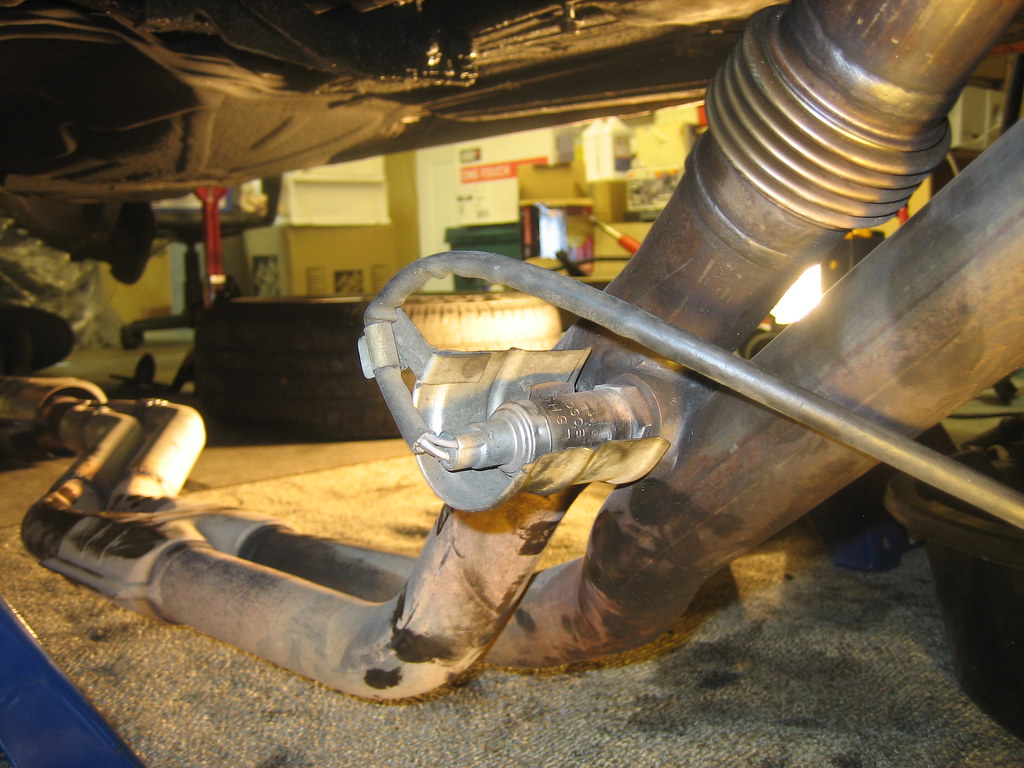
2. **Oxygen Sensor Failures**: Tucked away in your exhaust system, oxygen (O2) sensors play a surprisingly vital role in your engine’s health and efficiency. These unsung heroes constantly monitor the oxygen levels in the exhaust stream, providing crucial data to the ECU to help optimize fuel combustion. Given their exposure to extreme heat and exhaust gases, it’s perhaps not shocking that defective oxygen sensors are a common issue encountered in imported cars, leading to a cascade of problems that affect both performance and emissions.
When an O2 sensor starts to fail, your vehicle’s engine management system receives incorrect information, throwing off the delicate balance of the air-fuel mixture. This imbalance can lead to a noticeable increase in emissions, contributing to air pollution and potentially causing your vehicle to fail mandatory emissions tests. Furthermore, you might observe a decrease in fuel economy, as the engine runs richer or leaner than optimal. Performance issues such as rough idling, stalling, or an overall lack of power or acceleration are also strong indicators that your O2 sensor might be on its way out.
Imported cars often use advanced O2 sensors, sometimes wideband, which provide more precise air-fuel ratio measurements than traditional narrow-band sensors found in older domestic models. When diagnosing these, an oscilloscope can be used to observe the sensor’s voltage output in real-time, looking for rapid switching between rich and lean conditions in closed-loop operation. While these sensors typically last between 30,000 and 100,000 miles, they should be replaced once they break down. Sometimes, however, simply cleaning or replacing them can resolve these issues, making it a relatively straightforward fix compared to other engine woes.
Read more about: 13 Essential Red Flags: Your Step-by-Step Guide to Inspecting a Used Performance Car Like a Pro
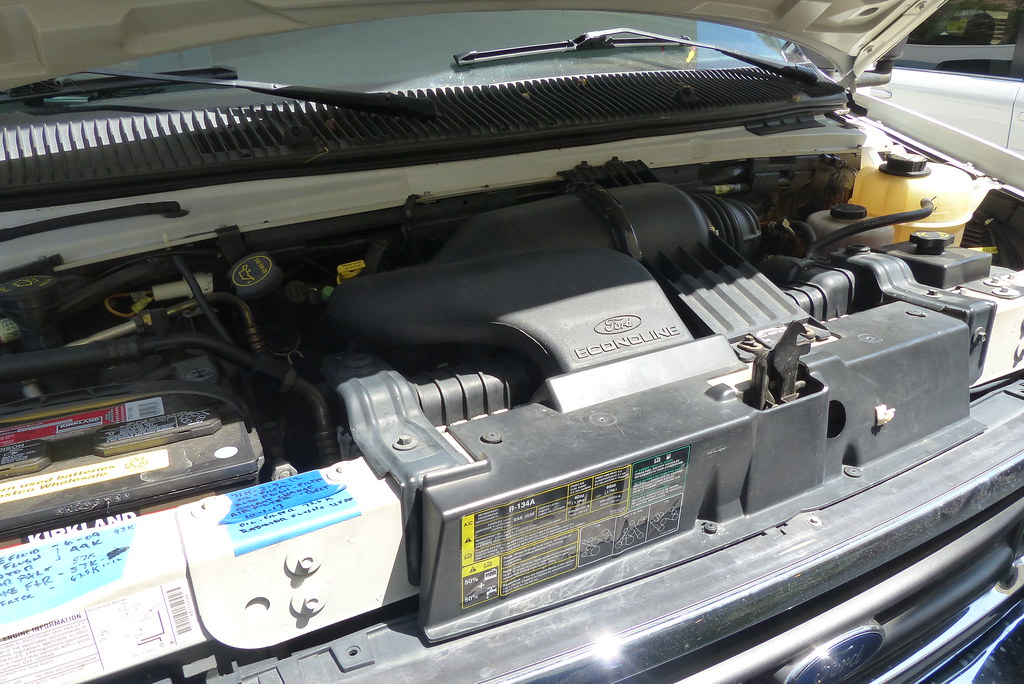
3. **Mass Airflow Sensor (MAF) Issues**: Imagine your engine as a meticulous chef, always needing the precise amount of air to mix with fuel for optimal combustion. The mass airflow (MAF) sensor is essentially the chef’s measuring cup, accurately measuring the amount of air flowing into the engine. For imported cars, a faulty MAF sensor is a frequent and frustrating issue that can throw the entire “recipe” off balance, leading to a host of performance problems that can really dampen your driving experience.
Beyond performance degradation, a faulty MAF sensor can also contribute to decreased fuel economy, forcing you to visit the gas station more frequently than necessary. In more severe cases, it can cause the engine to stall, especially at idle or low speeds, and even create problems with starting the engine altogether. Thankfully, for many imported car owners, replacing the mass airflow sensor often resolves these issues, restoring the engine’s ability to “breathe” correctly and the vehicle’s performance to its intended glory.
Read more about: Unlock Your Engine’s Potential: A DIY Guide to Installing a Cold Air Intake System for Enhanced Performance
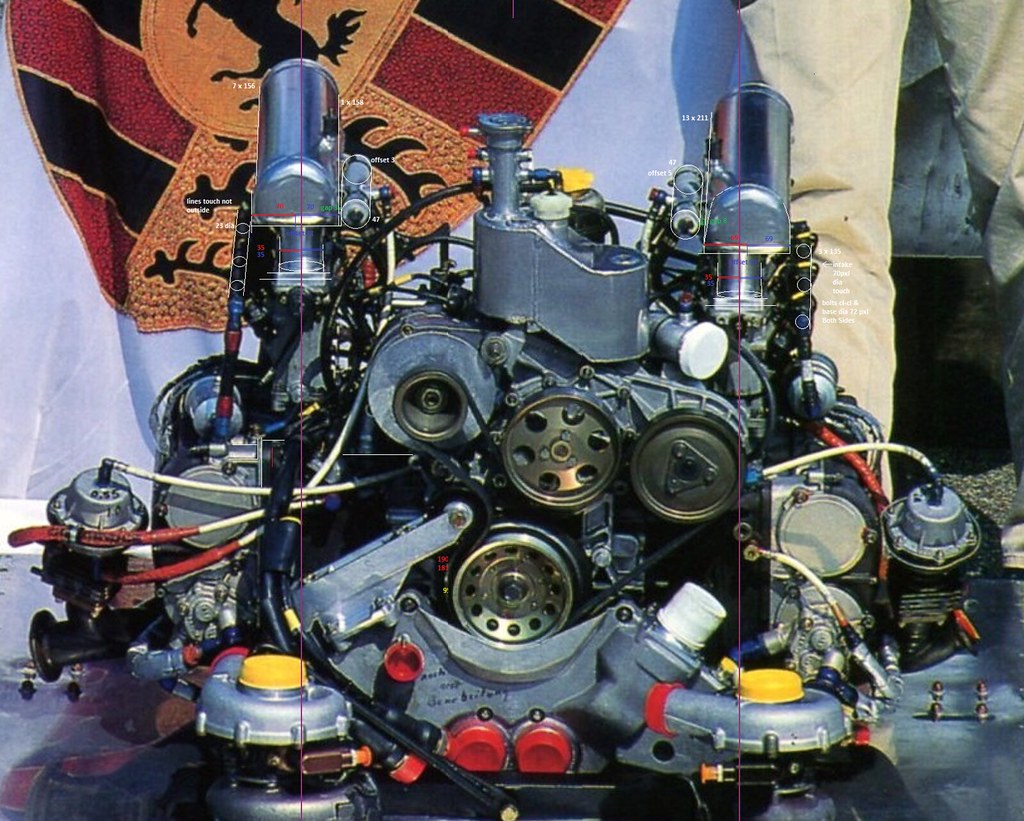
4. **Power Steering Pump Problems**: The ease with which we turn our steering wheels is something many of us take for granted, but behind that effortless motion lies the power steering pump, tirelessly circulating fluid to assist in steering. Unfortunately, leaky or worn-out power steering pumps are a common denominator in imported cars, and their failure can turn a pleasant drive into a strenuous and potentially dangerous ordeal. This isn’t just an inconvenience; it’s a significant safety concern.
When a power steering pump begins to fail, the most immediate and noticeable symptom is difficulty steering. What was once a smooth, effortless turn of the wheel suddenly requires considerable physical effort, making maneuvers, especially at low speeds or during parking, incredibly challenging. This loss of steering control significantly increases the likelihood of an accident, as the driver may not be able to maneuver properly. Steering failures lead to around 2,000 accidents each year in the US, highlighting the gravity of this issue.
Other tell-tale signs of a failing power steering pump include visible power steering fluid leaks, often appearing as puddles under the front of your car, and distinctive whining noises that emanate from the pump itself, especially when turning the steering wheel. Addressing these issues promptly is crucial; replacing the pump and flushing the system with new fluid is key to restoring proper steering function and, more importantly, ensuring your safety on the road. Don’t let a minor inconvenience escalate into a major hazard.
Read more about: Your Ultimate Guide: 15 Essential Steps to Prep Your Classic Car for an Epic 1000-Mile Rally Adventure
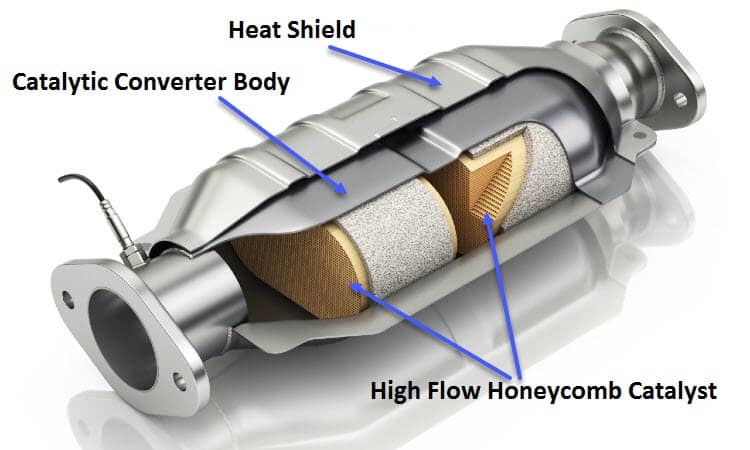
5. **Catalytic Converter Premature Failure**: Your car’s catalytic converter is a vital component in its emission control system, working tirelessly to reduce harmful pollutants from the exhaust before they enter the atmosphere. However, imported vehicles sometimes face an unfortunate reality: subpar catalytic converters that fail prematurely. This issue isn’t just about passing an emissions test; it has significant environmental implications and can also affect your vehicle’s performance.
When a catalytic converter starts to fail, its ability to convert toxic gases into less harmful ones diminishes significantly. This drastically increases emissions, meaning your vehicle is spewing more pollutants into the air than it should. For imported cars, particularly those adhering to stricter European standards like Euro 6, the proper functioning of this component is paramount, and its failure can lead to non-compliance and potential fines. Testing efficiency often involves measuring the oxygen storage capacity (OSC) of the catalyst, a specialized procedure that highlights the converter’s effectiveness.
Beyond environmental concerns, a failing catalytic converter can also lead to noticeable performance issues, though these might be less obvious than with other engine components. A clogged or failing converter can restrict exhaust flow, leading to reduced engine power and decreased fuel efficiency. While replacing the catalytic converter is the definitive solution to this problem, ensuring you have a quality replacement that meets or exceeds original specifications is crucial for maintaining both environmental responsibility and optimal vehicle performance.
Read more about: Don’t Let These Simple Mistakes Cost You! How to Avoid Instantly Voiding Your Home Warranty
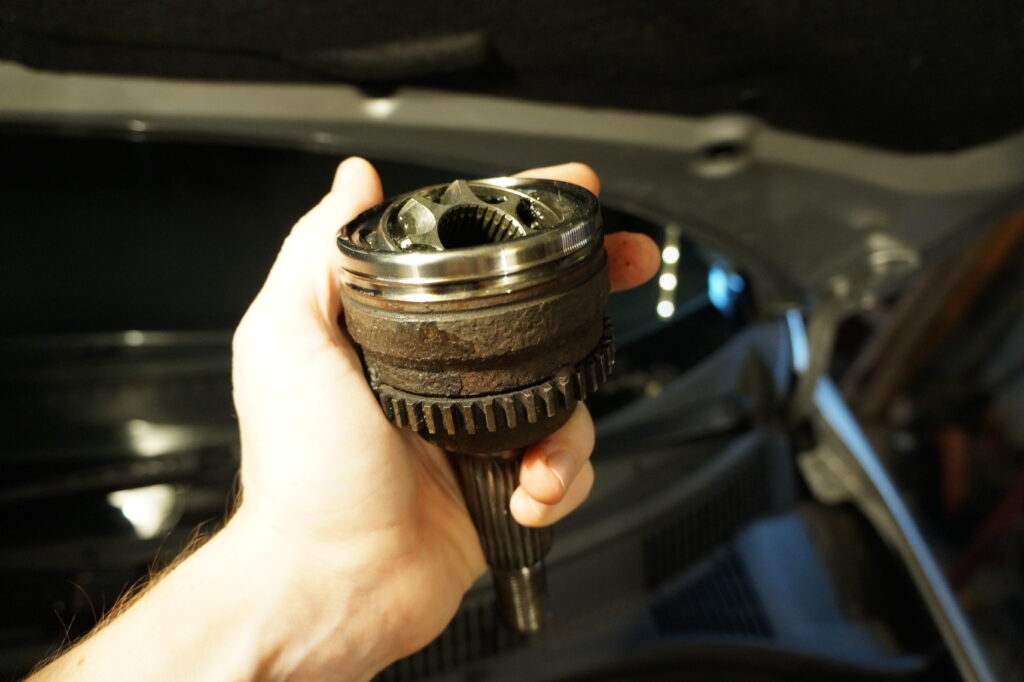
6. **CV Joint Wear**: Constant Velocity (CV) joints are unsung heroes of your vehicle’s drivetrain, connecting the transmission to the wheels and allowing them to move up and down, and turn, smoothly regardless of the suspension’s position. They are particularly crucial in front-wheel drive vehicles and many all-wheel drive imports. Unfortunately, worn CV joints are a common ailment in imported cars, and if neglected, they can lead to significant vibrations, unsettling noises, and ultimately, dangerous situations on the road.
The first signs of worn CV joints often come in the form of auditory cues and tactile sensations. Owners frequently report a distinct vibration, especially at certain speeds, or a clunking noise that becomes particularly pronounced during turns. This clunking can sound alarming, signaling that the internal components of the joint are losing their integrity and beginning to wear excessively. It’s a clear warning that something isn’t quite right with your vehicle’s connection to the road.
A key part of the CV joint assembly is the rubber boot that protects it from dirt, moisture, and debris while retaining essential grease. As these rubber boots deteriorate, often cracking or tearing due to age and exposure, the protective barrier is lost. This allows contaminants to enter the joint, accelerating wear. Eventually, if left unaddressed, the internal components can fail completely, leading to the wheels potentially detaching. This lack of stability and control raises the chances of a serious accident, emphasizing why early detection and full CV joint replacement are absolutely critical for safety.
Read more about: The Ultimate Guide for Pet Owners: Uncovering the Top 14 Vehicles for Safe and Comfortable Travel with Canine Companions

7. **Wheel Bearing Issues**: While not directly an “engine” problem in the traditional sense, worn out or defective wheel bearings are such a common and critical issue in imported cars that they absolutely deserve a place in this discussion of problems that make owners fear the check engine light (or worse, something more catastrophic). These small but mighty components allow your wheels to spin freely and smoothly, but when they go bad, they can quickly escalate from an annoying noise to one of the most common causes of car accidents.
Identifying a failing wheel bearing often begins with distinct noises. You might notice a persistent humming, grinding, or growling sound that gets louder when cornering or accelerating. This noise is often directly related to the speed of the vehicle and the pressure applied to the wheel. Beyond auditory signals, worn wheel bearings can also cause a noticeable wheel wobbling sensation, which you might feel through the steering wheel, and contribute to uneven tire wear, signaling a fundamental instability in your wheel assembly.
The consequences of neglecting worn or defective wheel bearings are severe. The excessive wheel wobbling can greatly increase the chances of a tire blowout, or in extreme cases, cause the wheel to literally fall off while driving. Imagine the sheer terror and danger of that happening on a busy highway – it could easily cause a catastrophic accident. This is precisely why replacing worn wheel bearings is not merely a recommendation but a necessary safety measure to prevent catastrophic failure and ensure that your imported car remains a source of pride, not peril. Regular maintenance checks can help catch these issues before they become life-threatening.
Navigating the complexities of imported car engines is an adventure, but one that demands a keen eye for detail and an understanding of what could go wrong. We’ve already delved into some of the fundamental component failures, but the journey doesn’t end there. Beyond individual parts, many systemic issues can arise, making imported car ownership a truly hands-on experience. This next part of our guide will illuminate more widespread engine problems, from perplexing misfires to critical overheating, arming you with even more knowledge to keep your prized import purring happily.
Let’s continue our exploration, diving into diagnostic challenges and common failures that often leave owners scratching their heads. The check engine light is only the beginning; understanding the patterns of performance degradation, the nuances of fuel delivery, and the intricacies of cooling systems are key to truly mastering your import’s health.
Read more about: Navigating the Tire Market: 15 Essential Tips to Secure the Best Price and Maximize Value for Your Next Set of Tires
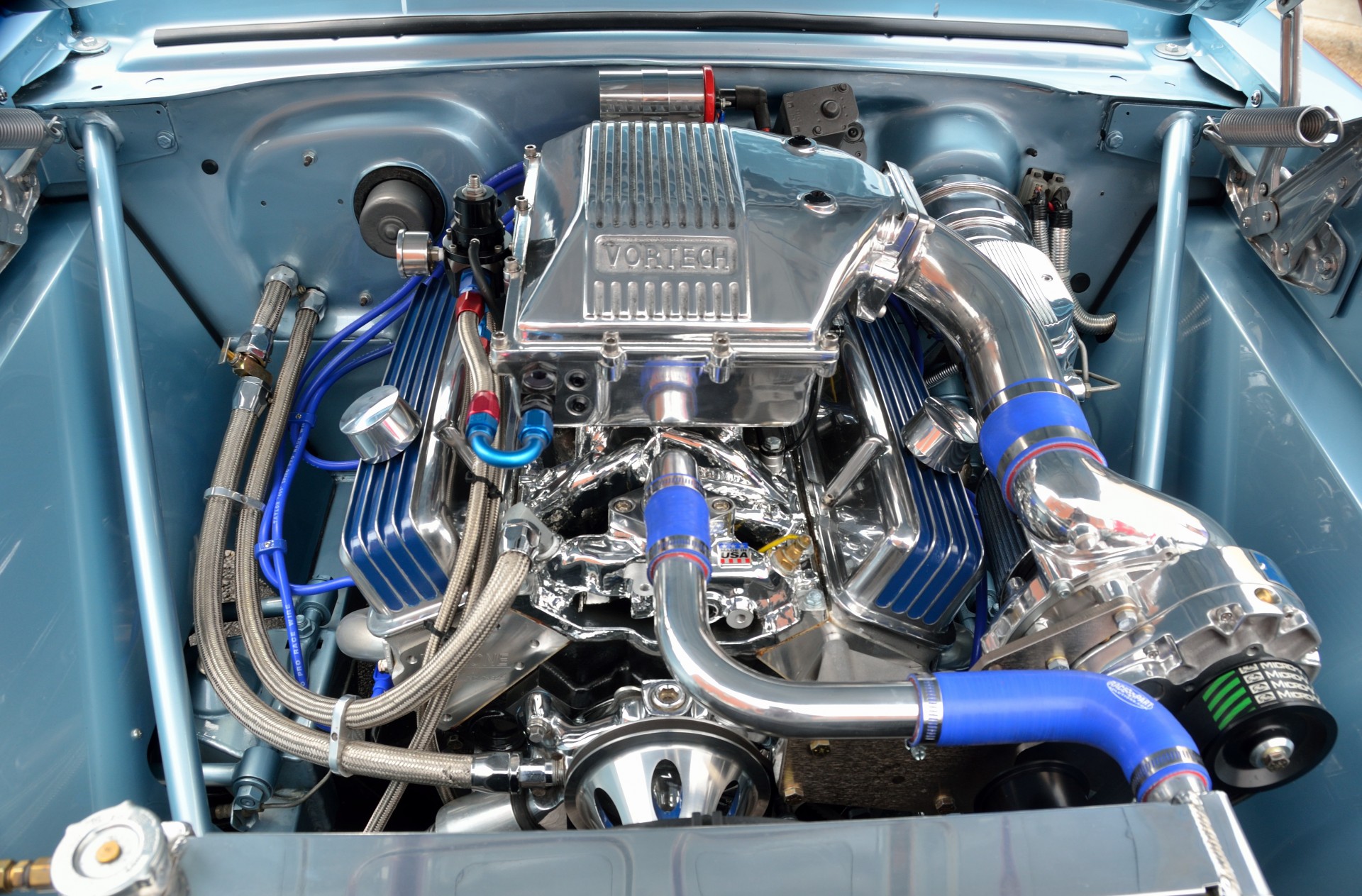
8. **Engine Is Misfiring**There are few things as unsettling as a misfiring engine. That sudden loss of power, the rough idle – it immediately signals that something isn’t right under the hood. Typically, an engine misfire is a direct consequence of worn spark plugs, which simply can’t deliver the consistent, strong spark needed for proper combustion. However, the sophisticated Engine Control Module (ECM) in imported vehicles can also be a culprit, as it’s responsible for managing ignition timing and fuel delivery.
Identifying an engine misfire early on can genuinely save you from more extensive and costly repairs down the line. Keep an ear out for a rough engine idle or a noticeable shaking when your vehicle is stopped; these are often the first tell-tale signs. Beyond that, you might experience a significant decrease in power when accelerating, making your car feel sluggish and slow to respond, which is certainly not the vibrant performance you expect from an import.
If your check engine light illuminates your dashboard, it could very well indicate a misfire that the engine’s onboard computer has detected. While driving, you might also notice an unwelcome hesitation or a distinct jerking feeling, particularly when you press the gas pedal. Adding to the sensory warnings, don’t ignore any popping or sputtering noises emanating from the engine – these are important auditory clues that shouldn’t be brushed aside.
Beyond the immediate performance woes, an engine misfire can also lead to increased fuel consumption, giving you less gas mileage and more frequent trips to the pump. In more severe instances, it could even cause you to fail an emissions test or produce unusual exhaust smoke from your tailpipe. These symptoms collectively point towards potential issues with spark plugs, fuel injectors, valves, or cylinders, underscoring the urgency for a certified professional technician to inspect your engine promptly.
Read more about: Revving Up Controversy: The 6 Car Marketing Campaigns That Shocked the Automotive Industry
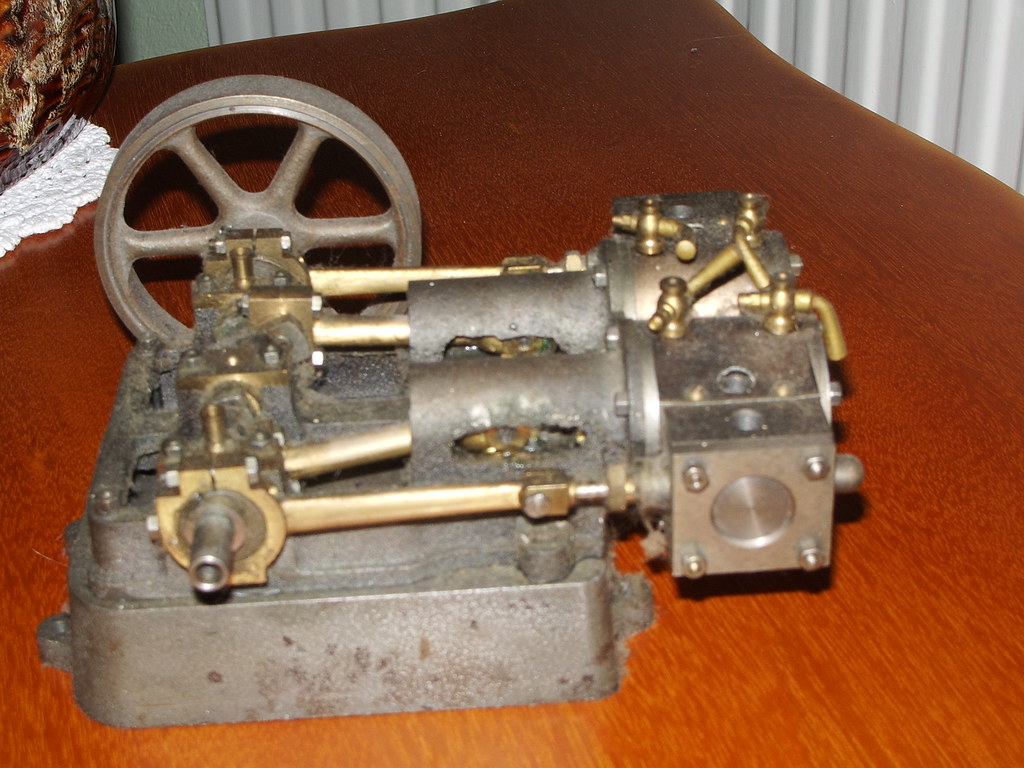
9. **Lean or Rich Air/Fuel Mixture**For your engine to fire up and run efficiently, it needs a Goldilocks-like balance of air and fuel in the combustion chamber, ready for the spark plugs to ignite. This precise fuel-to-air ratio is absolutely critical for optimal performance and emissions. When this delicate balance is thrown off, either by too much air or too much fuel, your engine’s health and responsiveness take a hit in significant ways.
If the fuel-to-air ratio has too much air, the mixture becomes “lean.” A lean mixture decreases your engine’s power, as there isn’t enough fuel to produce a strong combustion event. On the other hand, if the mixture is “rich,” meaning there’s too much fuel, the engine can flood, leading to poor combustion, wasted fuel, and even potential damage to emission control components like the catalytic converter over time.
Often, issues with the air/fuel mixture can be traced back to the oxygen sensor, which, as we discussed earlier, monitors oxygen levels in the exhaust. If this critical sensor is faulty, it provides incorrect input to the ECU, leading to an improper air/fuel blend. This can not only impact power and efficiency but can also be a major reason for the unsettling sounds of “engine knocking” or “spark knock,” characterized by metal banging or pinging, as the combustion process becomes irregular.
Imported vehicles, with their often-sophisticated fuel delivery and engine management systems, are particularly sensitive to these imbalances. Diagnosing these issues frequently requires checking fuel pressure, analyzing fuel trim data, and performing injector balance tests to pinpoint whether the problem lies with the fuel injectors, the high-pressure fuel pump (common in some European direct injection systems), or other sensors like the MAF. Correcting this balance is paramount for performance, fuel economy, and engine longevity.
Read more about: Unlock Your Engine’s Potential: A DIY Guide to Installing a Cold Air Intake System for Enhanced Performance

10. **Failure for the Engine to Start**There’s arguably no worse feeling for a car owner than turning the key or pushing the start button, only to be met with a silent click or a frustrating grind, signaling that the engine simply refuses to come to life. This critical problem, when a car engine fails to start, is one of the most challenging and immediate issues an owner is likely to deal with, leaving you stranded and your plans derailed.
The reasons behind a non-starting engine are numerous and can range from relatively simple fixes to more complex electrical or fuel system woes. Common culprits include corroded battery cables preventing electrical flow, clogged fuel filters obstructing fuel delivery, or a faulty fuel pump failing to send fuel to the engine. A dead battery is, of course, a perennial favorite for this particular issue, but starter motor relay failure or ignition switch failure can also prevent that crucial initial spark or engine crank.
Imagine being in a situation where your imported car, usually a reliable companion, refuses to start in the morning when you’re about to head out for work or an important appointment. Instead of letting worry take over, understanding these potential causes empowers you to communicate effectively with a professional. Often, specialized diagnostic tools are needed to pinpoint the exact issue, especially with the intricate electrical systems in many foreign vehicles, making a call to an auto mechanic the most practical first step.
Read more about: Your Ultimate Guide: 15 Essential Steps to Prep Your Classic Car for an Epic 1000-Mile Rally Adventure
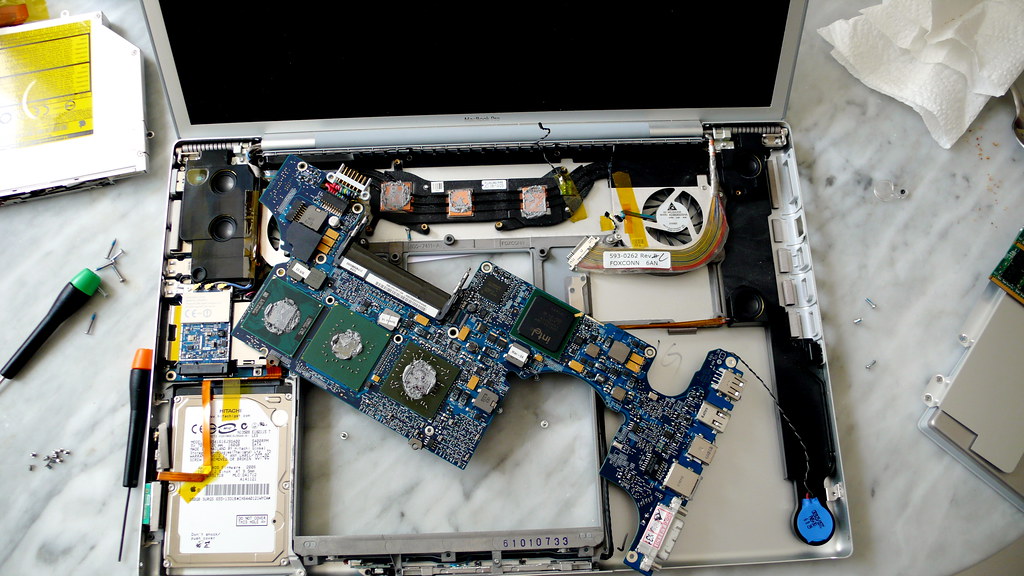
11. **Overheating**Overheating is a formidable foe for any engine, especially for the intricately designed powerplants in imported cars. It’s essentially an issue within a car’s cooling system that causes the engine temperature to rise erratically and dangerously, completely losing its ability to dissipate excess heat outside of the engine’s compartment. While commonly associated with scorching summer months, overheating is a problem that can unfortunately strike even in winter, reminding us that engine cooling is a year-round necessity.
The causes of overheating are varied but consistently point to a breakdown in the cooling system’s integrity or function. This can stem from a low engine coolant level, perhaps due to neglected refills or a leaking coolant system from compromised hoses, gaskets, or seals. A bad engine thermometer can send incorrect readings, while damaged or loose plugs might allow coolant to escape. Furthermore, a blocked radiator or blocked hoses can impede the flow of coolant, and in more severe cases, a cracked or blown head gasket can allow hot combustion gases to enter the cooling system, leading to rapid temperature escalation.
While it might not be entirely accurate to say overheating directly causes a car fire in every instance, it certainly creates a high-risk environment. The intense heat causes internal fluids to boil and can lead to them overflowing onto various hot parts of the car, presenting a potential fire hazard throughout the process. If the situation isn’t carefully and properly stabilized, this can indeed generate sparks that could ignite an outbreak of fire. This grave potential is precisely why preventing your vehicle from overheating should always be a top priority for imported car owners.
Read more about: Your Ultimate Guide: 15 Essential Steps to Prep Your Classic Car for an Epic 1000-Mile Rally Adventure
The world of imported cars, with its diverse engineering and advanced technology, offers an unparalleled driving experience. However, as we’ve explored, it also presents a unique landscape of potential engine challenges. From the systemic issues of misfiring and air/fuel imbalances to critical problems like stalling and overheating, understanding these common issues is the ultimate advantage for any owner. The check engine light, once a source of dread, can become a signal you understand, guiding you towards solutions. By coupling this knowledge with diligent routine maintenance and trusting in specialized auto service providers, you’re not just preventing breakdowns; you’re actively ensuring the longevity, performance, and sheer joy of driving your imported masterpiece. Keep these insights in mind, stay vigilant, and enjoy the open road with confidence!



